In 1875, the meteorologist and telegraphy pioneer Sir Francis Ronalds bequeathed his library of rare books to the Society of Telegraph Engineers, an organisation that had been founded in 1871. The collection was given in trust, and one of the conditions set out in the trust deed was:
“…that the said Society of Telegraph Engineers shall use their best endeavours to procure themselves to be incorporated by Royal Charter or by some other ways or means to the end and intent that the said Society shall be more firmly established and have a more permanent constitution than it at present possesses and in particular it is agreed that such endeavours shall be made as soon as practicable and at any rate within a period of five years…"
Ronalds Library Trust Deed, 1875.
The Society had thought about applying for a Royal Charter as early as 1873, but the proposals were shelved due to cost. In 1880, to meet the conditions of the Ronalds Trust, the Society applied again. This was not approved – and according to the author of the first history of the IEE, Rollo Appleyard, “the reply was received with relief by those by those best able to weigh the responsibilities; for the costs would have been a burden, and the time for a Royal Charter was not yet.” The 1880 application had been opposed by the Institution of Civil Engineers, and the young Society was not in an ideal position to either fund or fight for its charter.
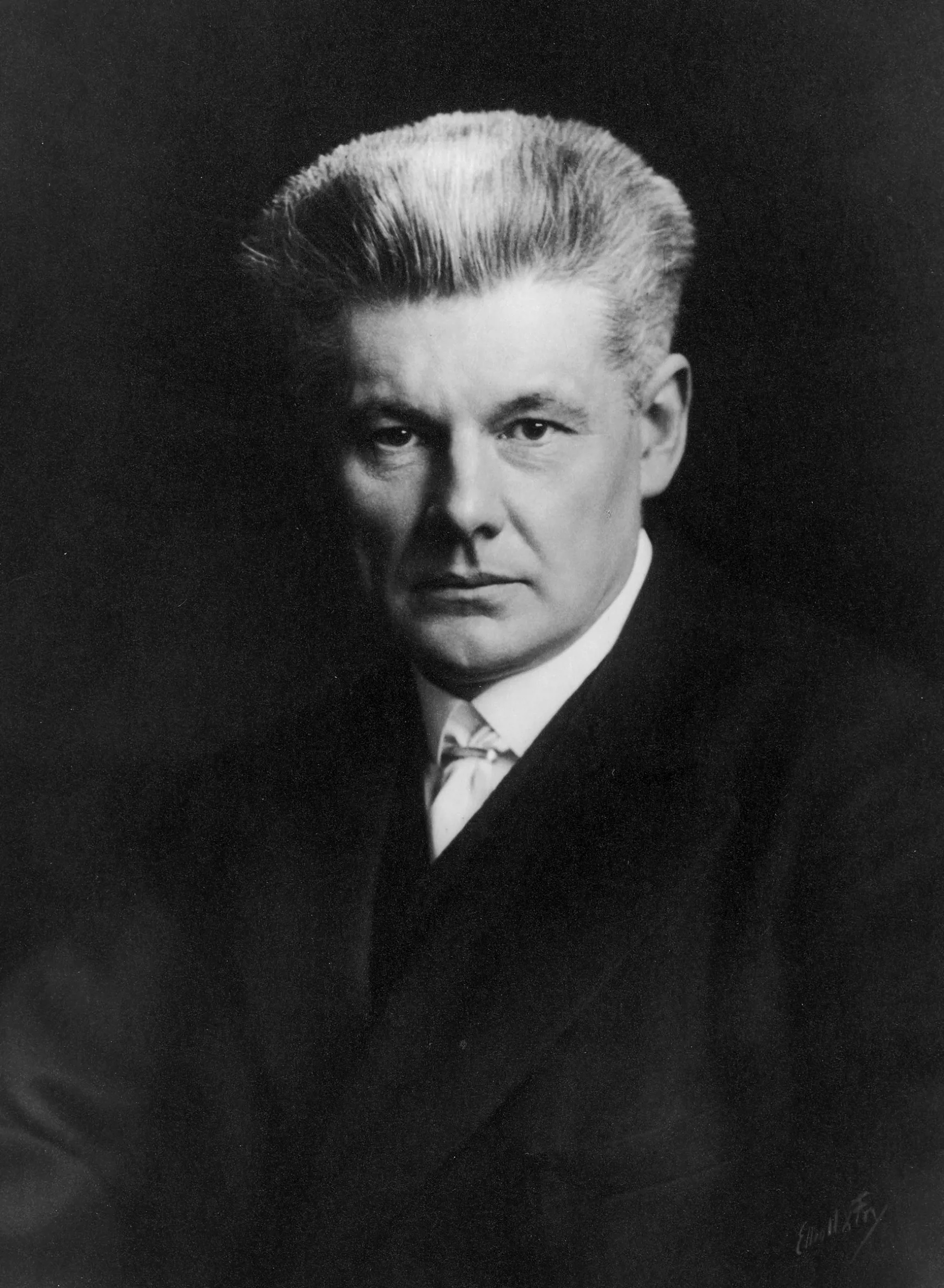
C H Wordingham, IEE President 1917-18
A Royal Institution of Engineers?
By 1912, when the Society had become the Institution of Electrical Engineers, it was ready to restart the campaign for a Royal Charter. The General Purposes Committee reviewed a proposal in 1912, and a draft petition was approved by 1913. However, the outbreak of the First World War delayed the proposal.
In 1917, in his Presidential Address, C H Wordingham set out his plans for the IEE:
“I am ambitious for the Institution … I want to see it occupying its proper place in the life of the nation and in the enjoyment of a Royal Charter which shall confer on it those powers which alone shall enable it to take effectual action for the good of its members”.
Wordingham’s plans were certainly ambitious: he wanted to see a Royal Institution of British Electrical Engineers, which would include an industrial council and an engineering research body. This vision was impractical. It would have been opposed by the other engineering institutions and required an Act of Parliament.
A more practical proposal was finalised in 1921. By this point, the IEE had nearly 10,000 members and was the largest engineering institution in the UK. Importantly, the Institution of Civil Engineers were also drafting a proposal for a supplementary Charter to enable their members to be called Chartered Civil Engineers. The two institutions agreed to support each other, and the IEE’s Charter was granted in September 1921. In 1924, the IEE submitted their own application for their members to use the term Chartered Electrical Engineer, which was approved.
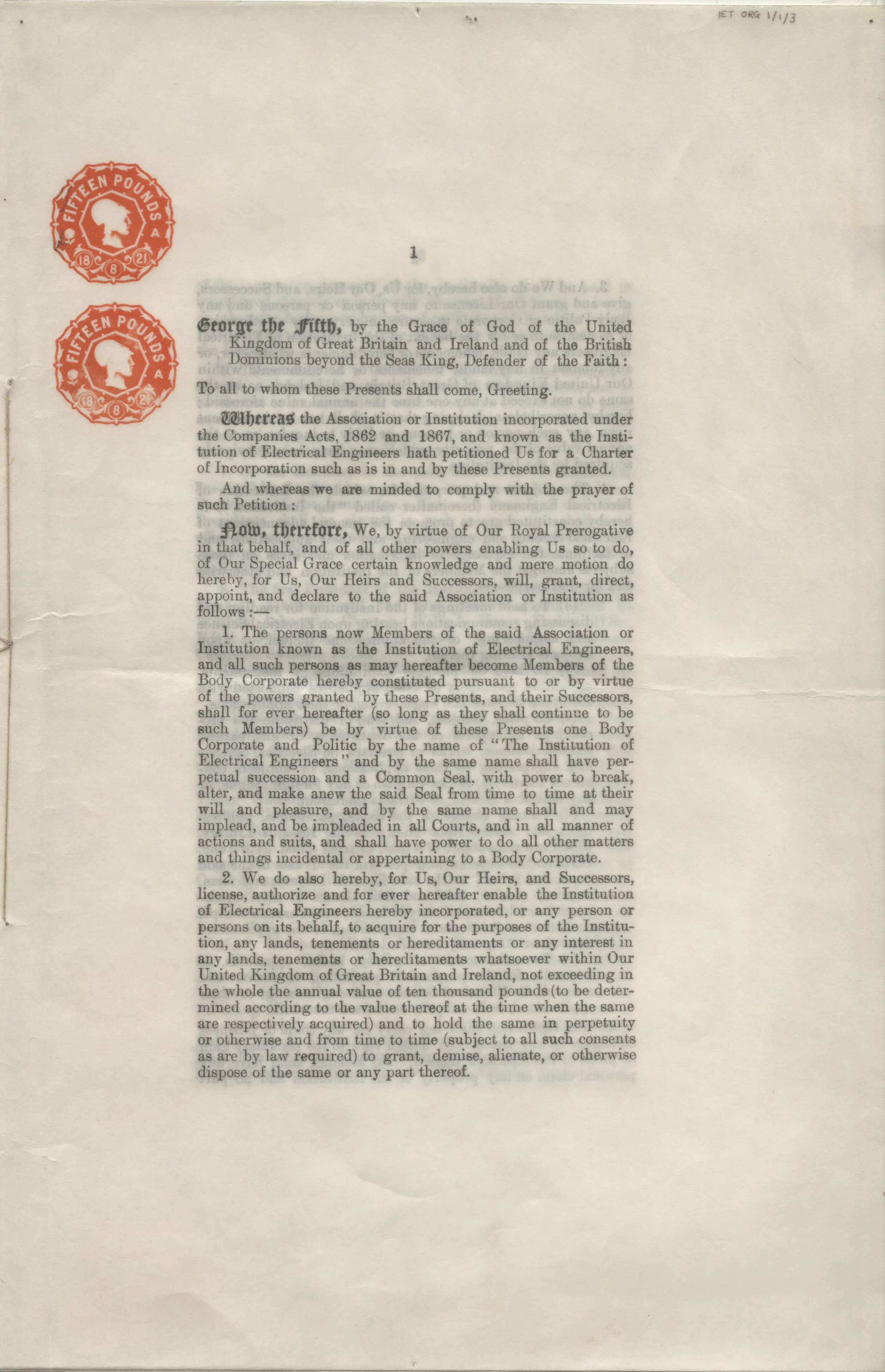
Royal Charter granted to the IEE in 1921, opening page
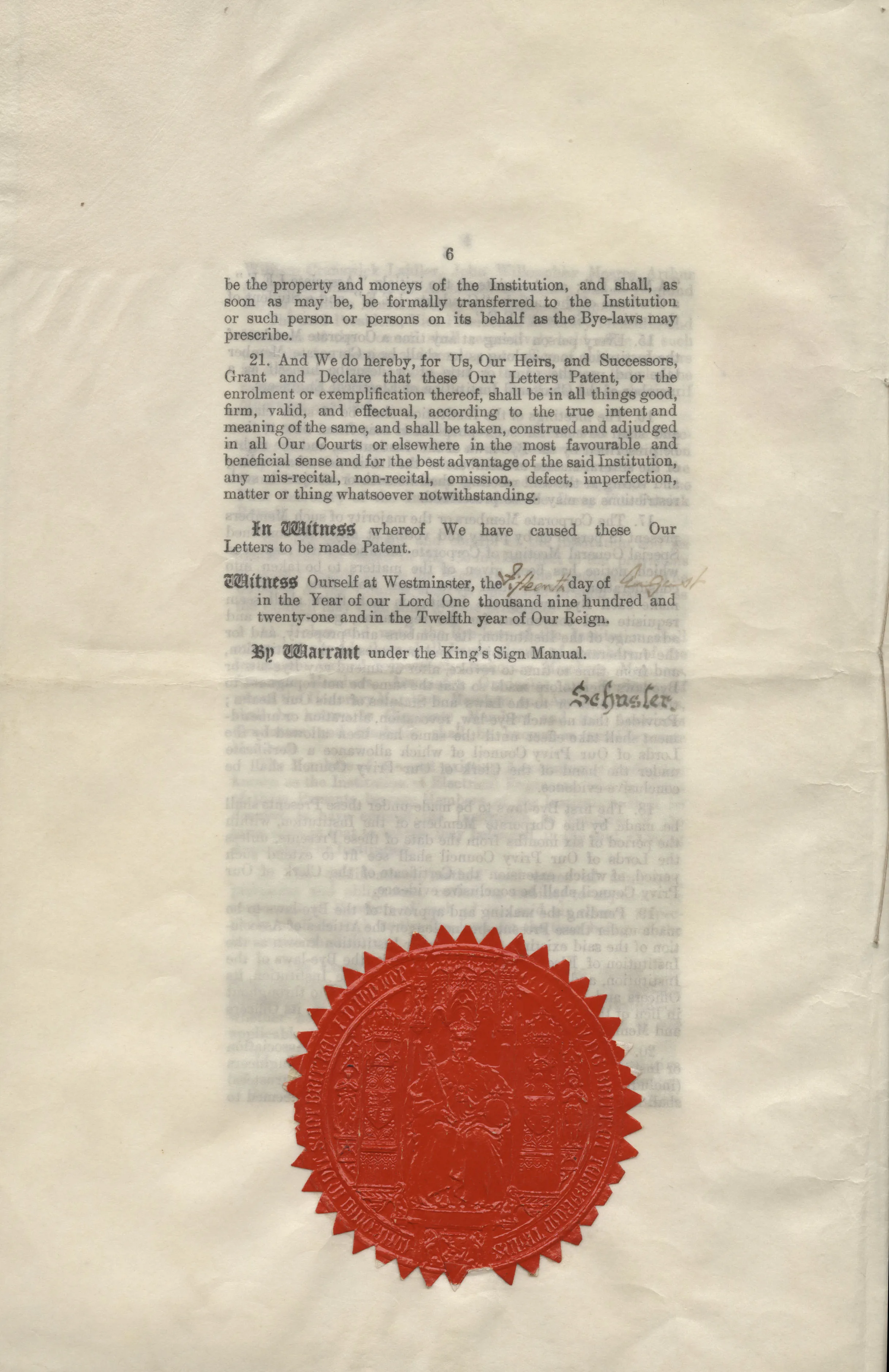
Royal Charter granted to the IEE in 1921, final page with seal
The British Institution of Radio Engineers
Just as the IEE faced challenges when it first applied for a Royal Charter, it questioned applications from newer engineering organisations. The British Institution of Radio Engineers (BritIRE), later the Institution of Electronic and Radio Engineers (IERE), first considered applying for a Royal Charter in 1945. At that time, it was in discussions with the Inland Revenue over its charitable status, and it decided to focus on the revision of the original Memorandum of Association to make its charitable objectives clear.
In 1946, the BritIRE celebrated its 21st anniversary and was granted Royal Patronage. In 1948, the question of applying for a Royal Charter came up again, but as with the Society of Telegraph Engineers, finances were an issue. Lord Mountbatten enquired about the possibility of being granted a Royal Charter, but was advised that the Institution needed to be on a more solid financial footing. A Charter Committee was finally set up in 1957, and a draft Charter was submitted in 1958.
This time, the Institution of Civil Engineers, Institution of Mechanical Engineers and Institution of Electrical Engineers objected. In particular, the IEE (which had formed a Wireless Section in response to the BritIRE’s foundation) claimed that it already covered the area of radio and electronic engineering. In response, the BritIRE made it clear that “[t]he advancement of the science of radio and electronic engineering is not adequately catered for by the I.E.E. and would be most advantageously developed by an institution exclusively concerned with its advancement … the grant of a Charter to the Brit. I.R.E. would not be a grant of a further Charter in the same field.” The Royal Charter was granted on 2 August 1961. Lord Mountbatten was named as its President.
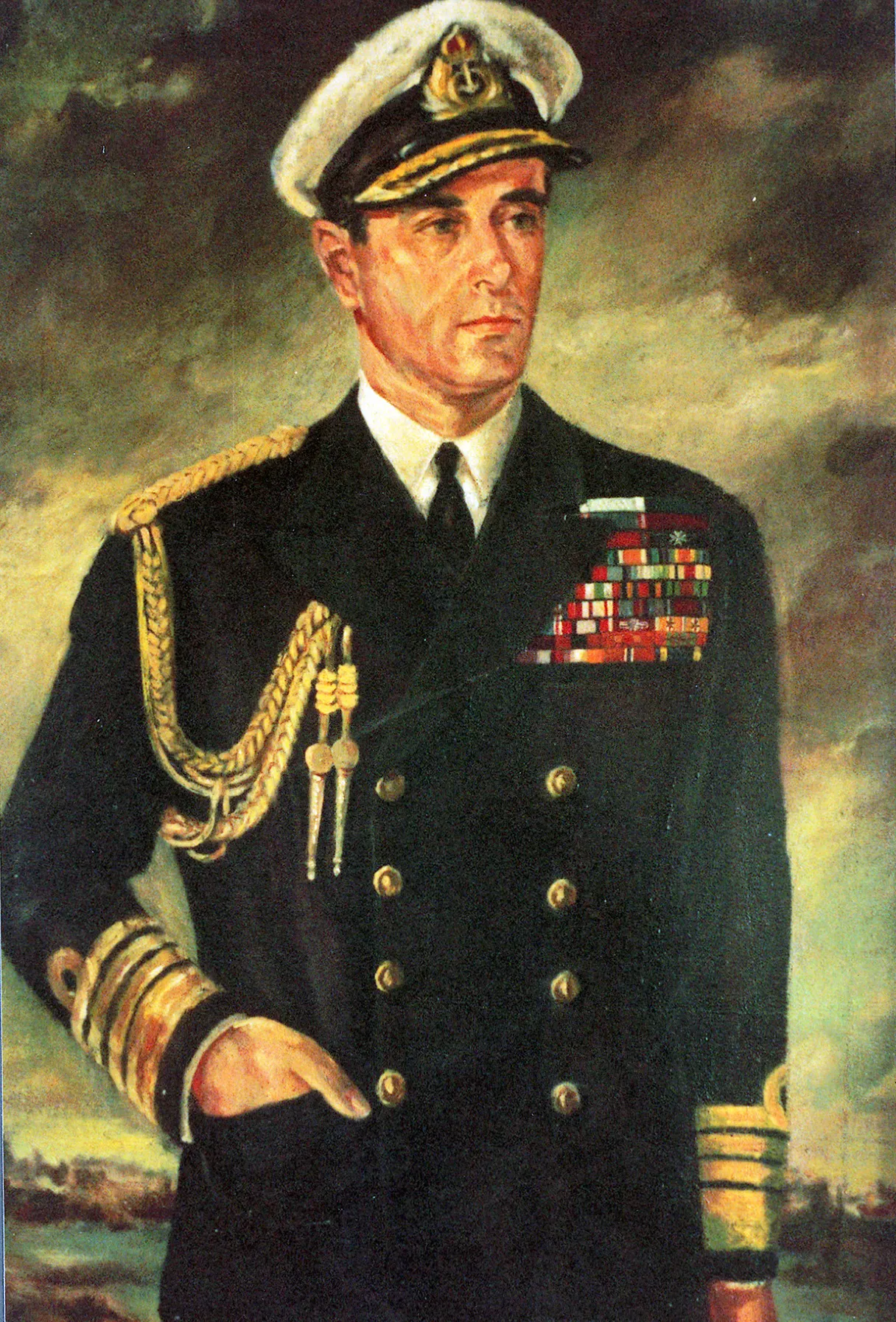
Portrait of Louis Mountbatten, 1st Earl Mountbatten of Burma
From conflict to cooperation
The IEE and IERE soon settled their differences. The two institutions worked together on qualifications for radio engineering, and a joint liaison committee was established. Finally, in 1988 the two institutions merged. Mountbatten’s contributions to the IERE were recognised with the inclusion of the lion from the Mountbatten Coat of Arms as a supporter in the new IEE’s armorial bearings.
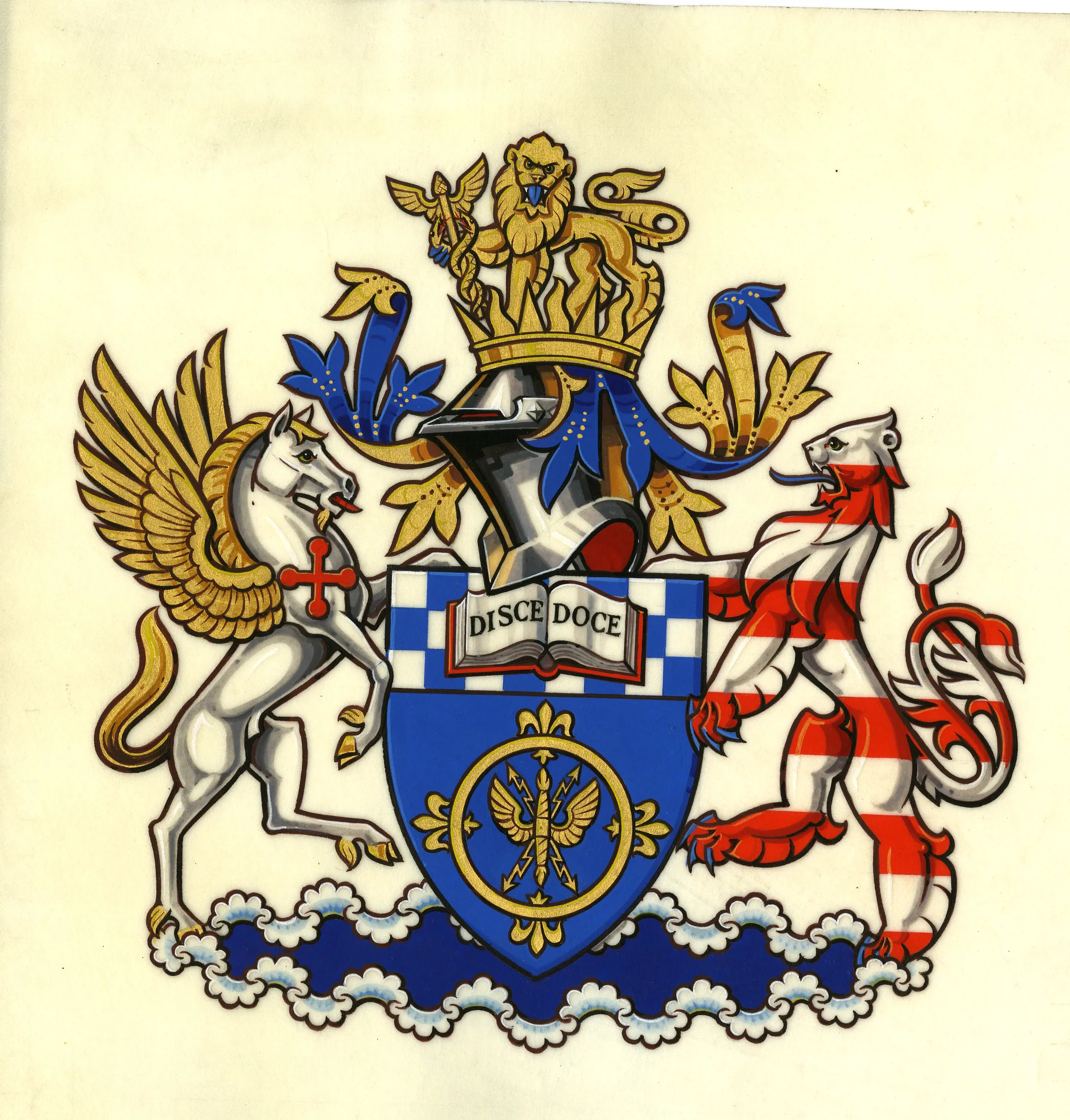
IEE coat of arms, 1990
The IET’s History section has more information on the history of the IEE and IERE.
